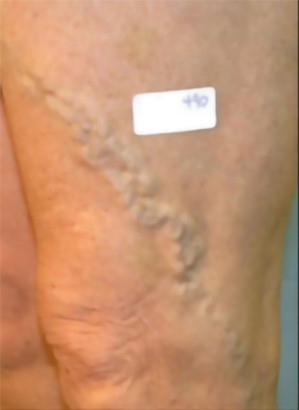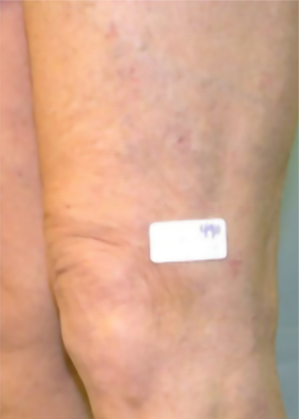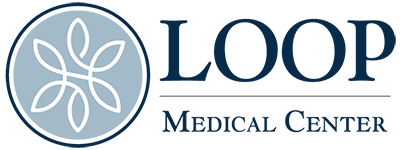VARICOSE VEINS
Common Varicose Veins Questions
Healthy veins carry blood to the heart, passing through a series of one-way valves that prevent backflow. Veins are surrounded by muscles, which contract and force blood through these valves, moving in the correct direction towards the heart. However, problems with these valves, muscles, or the blood itself can cause blood to pool within a vein. As blood collects, pressure builds and the vessel walls weaken. As a result, the vein may bulge and twist. Depending on the size of the blood vessel and the extent of swelling, the result is a varicose vein.
Anyone can get varicose veins, but women are twice as susceptible as men. These conditions are also more common in individuals with jobs that require them to remain standing for extended periods of time. Other factors that may contribute to the development of varicose veins include obesity, pregnancy, prior trauma, history of surgery within the leg, genetic predisposition, and certain other medical conditions.
For some people, spider veins and varicose veins are more than an eyesore. In particular, varicose veins may cause aching or cramping in the legs. The affected area may throb, burn, tingle, or feel heavy. Severely inflamed veins can be tender to the touch and may have reduced blood circulation, leading to itchy, swollen ankles. In severe instances, varicose veins can also produce chronic skin and tissue changes such as discoloration and ulceration of the skin.
Varicose veins are easy to diagnose. The initial examination begins with a review of the patient’s medical history, medications, prior procedures, and lifestyle habits.
Next, there is a physical examination, focusing on the legs, feet, and other affected areas. This exam will check for swelling, tender spots, and any changes in skin color. Varicosities that cause pain, soreness, and muscle fatigue or cramping are examined further with an ultrasound. This exam does not hurt and takes about an hour to complete. A series of blood vessel measurements will be taken to determine the degree of varicose vein insufficiency. Based on these measurements and the individual’s symptoms, a treatment plan will be made. Cosmetic treatments for Spider and Varicose veins are usually not covered by most insurances.
VARICOSE VEINS TREATMENTS
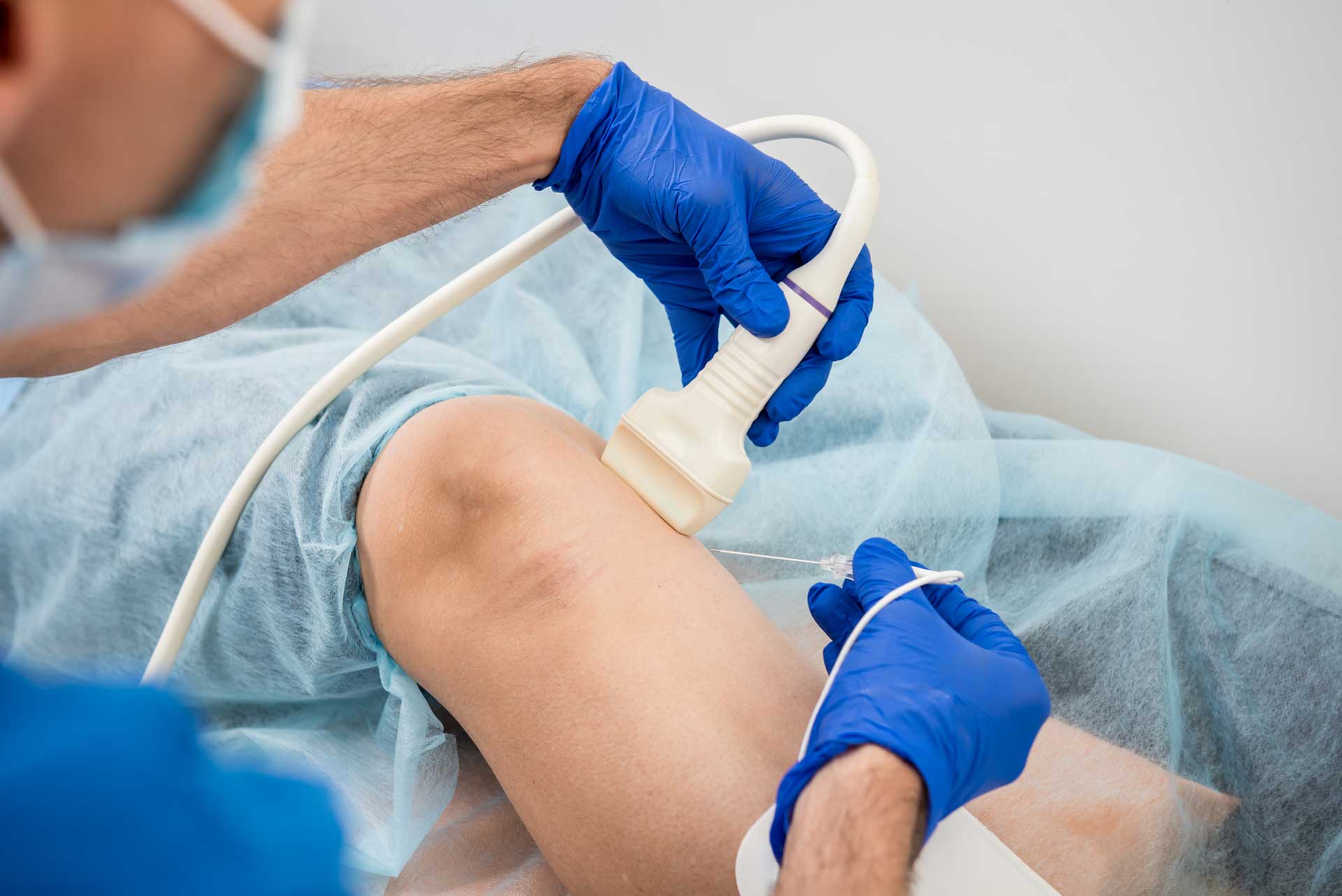
Radiofrequency Ablation
Radiofrequency ablation is another option for large varicose veins. The principle is similar to endovenous lasers. A small catheter delivers radiofrequency energy (instead of laser energy) directly into the vein wall, causing it to heat up and collapse. After about a year, the vein disappears. The results are comparable to vein surgery, with significantly less risk and pain.
Vein ligation & Phlebectomy
For varicose veins that do not respond to other treatments, a small, minimally invasive surgery can be considered. This common procedure consists of vein ligation and Phlebectomy — the tying off of an affected vein and removing the problematic segment through small incisions in the skin. This may be done with local or MAC anesthesia. If the vein is near the skin’s surface, it may be possible to remove it through a tiny incision that does not need stitches.
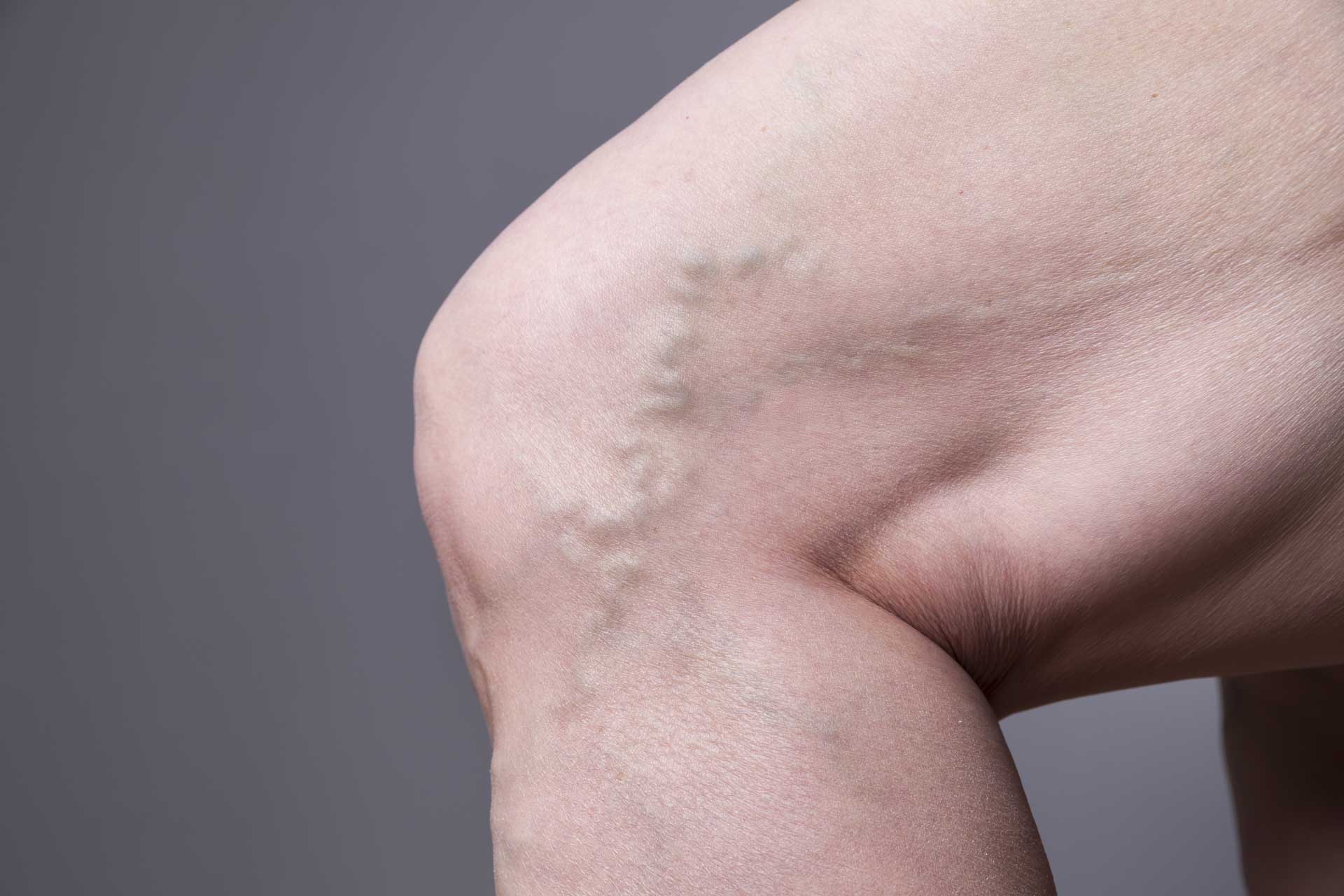
BEFORE AND AFTER
Vein ligation and stripping successfully remove varicose veins in most people. The procedure does not require a hospital stay, and most patients can return to work in a few days. It is important to consider that surgery done for cosmetic reasons may not be covered by insurance. In addition, there are now less invasive techniques for eliminating large varicose veins.
